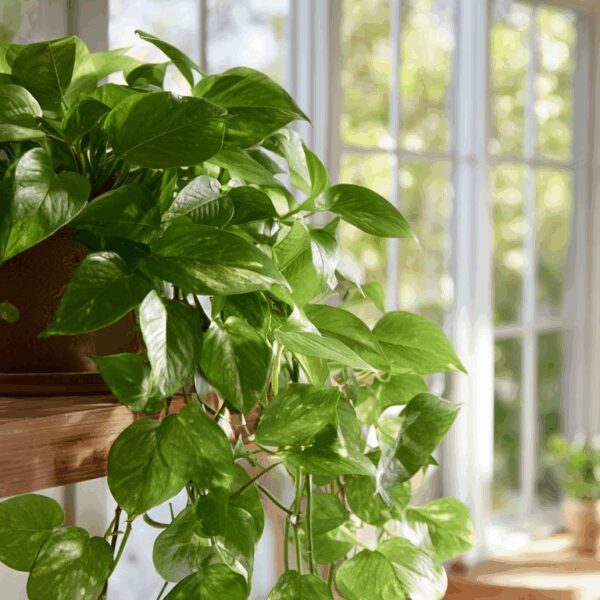In this article, we’ll be talking about the benefits of mulching for your garden. Mulching is a great way to protect your garden from weeds and pests, nourish the soil, and conserve water. We’ll discuss what types of mulch are available, and how to use them effectively. So let’s get started on this gardening journey together!
What is mulching?
Mulching is the process of covering soil with organic material such as compost, bark chips, straw, or grass clippings.
This creates a protective layer that helps retain moisture and reduce weeds. It also provides vital nutrients to the soil and can improve its structure over time.
Mulching is an important part of gardening and can be used in both vegetable and flower gardens. It can help keep the soil cool in the summer and warm in the winter, resulting in healthier plants with more vigorous growth.
Types of mulch
Mulch comes in many different forms, such as organic and inorganic.
Gardening in Mississippi: It’s time to plant tulips!
Organic mulches include grass clippings, shredded leaves, compost, pine needles, straw, and wood chips.
Inorganic mulches are made from materials such as plastic, rubber, stones and gravels. They are effective in preventing weeds from sprouting and can last longer than organic mulches. However, they can become too hot when exposed to the sun and should not be used near plants that need cool soil temperatures.
Why use mulch?
Mulch is a great addition to your garden because it can help protect and nurture your plants. It can keep the soil moist, conserve water and keep weeds away.
It can also help prevent soil erosion and compaction, improve air circulation, and increase organic matter in the soil.
Mulch can also help control pests and disease, as well as provide nutrients to the soil. Moreover, mulching can add aesthetic value to your garden by creating an attractive, neat appearance.
How to apply mulch correctly
Mulching is an important gardening task that should not be overlooked. When done correctly, it can provide numerous benefits to your garden.
To apply mulch correctly, start by removing any existing weeds or debris from the area. Then, spread a layer of organic mulch two to three inches thick over the soil.
Be sure to leave some space around the base of plants so that water and air can reach their roots.
Finally, use a rake or hand trowel to spread the mulch out evenly and lightly tamp it down. Regularly check for weeds or pests and reapply mulch as needed for best results.
If you have read and enjoyed this article, please consider sharing it on social media or by e-mail. By sharing articles, we help to promote our website and its contents, as well as gain exposure to a wider audience. This helps to build our credibility and reach more people who may be interested in the content we are producing.
Sharing our work also helps to support the authors, who often put in a great deal of effort into creating their articles.







